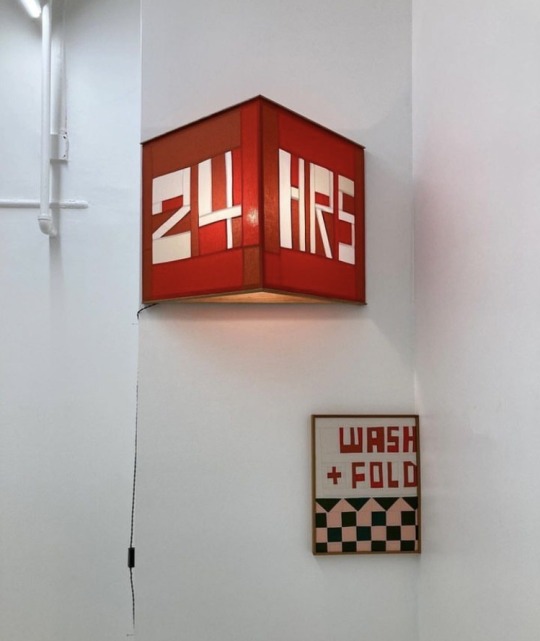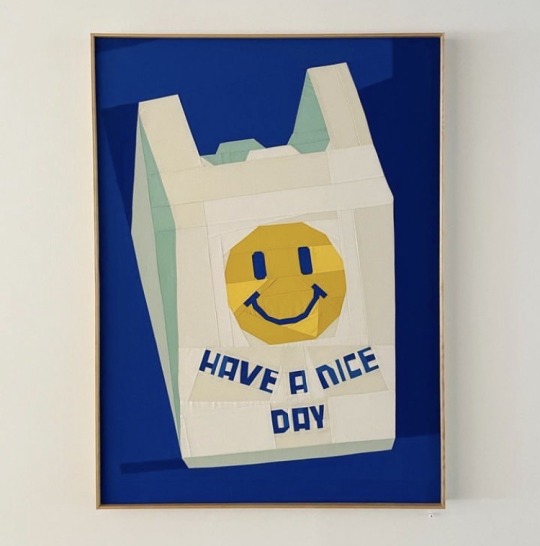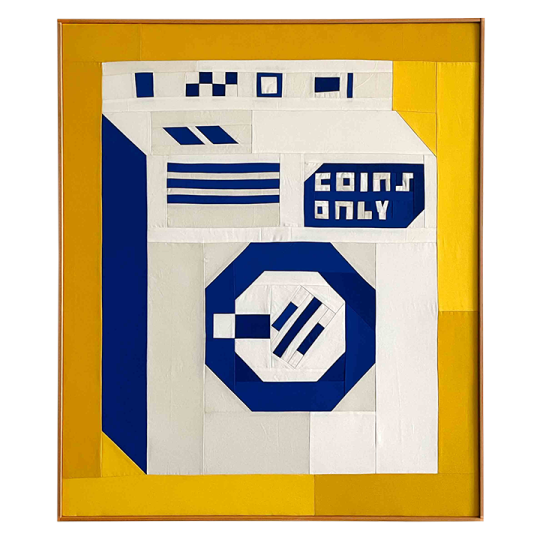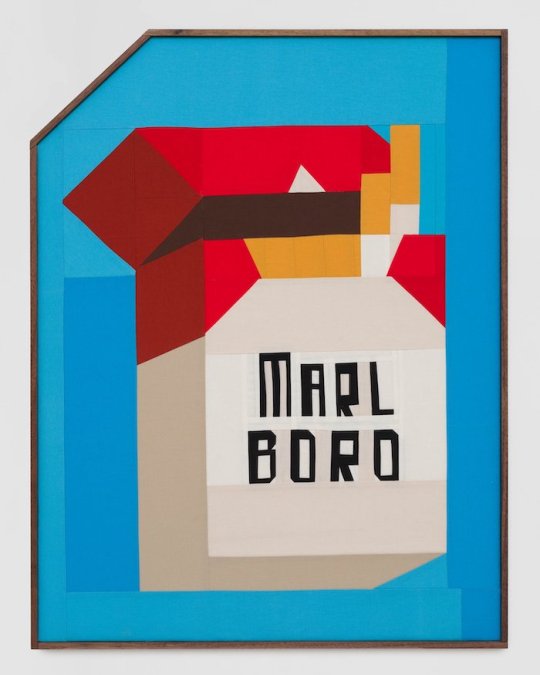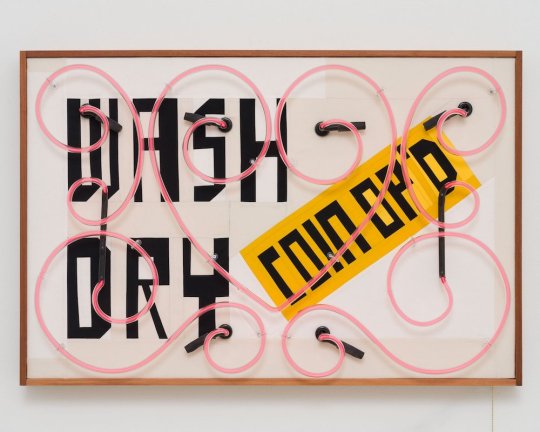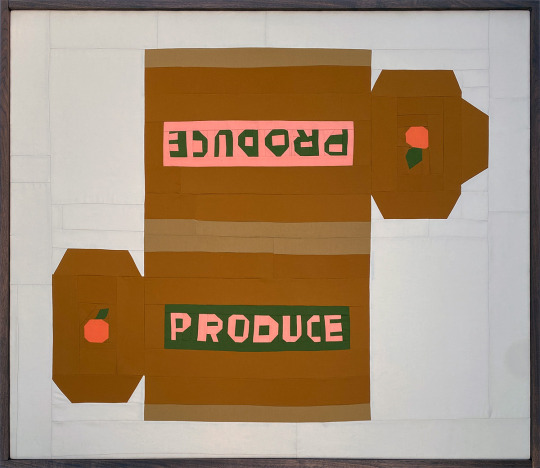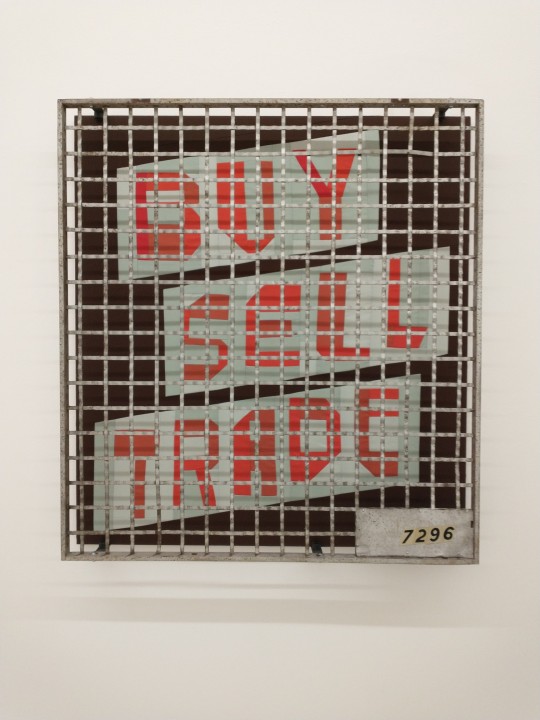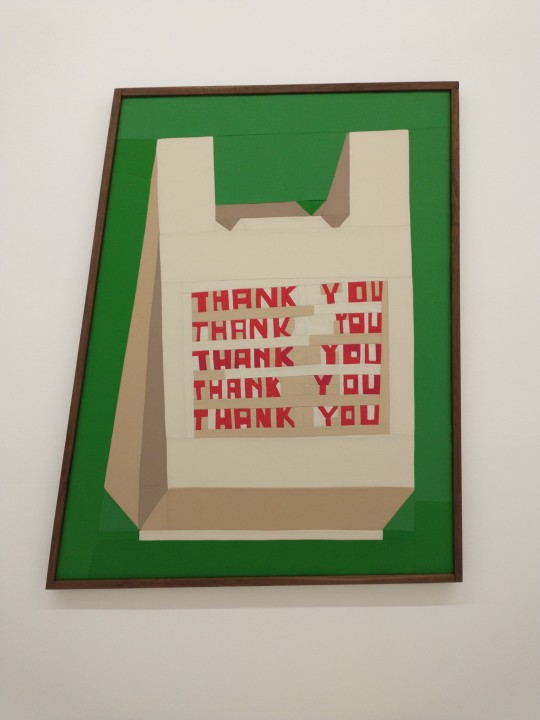#jeffrey sincich
Text

Jeffrey Sincich, Thank You Light Box
#jeffrey sincich#quilt#transparent#textiles#installation art#flower#rose#quilting#textile art#fabric art#light box#transparent png#png images#repurposed#⭒* ·˚ ☾ ⊹.
94 notes
·
View notes
Photo

Jeffrey Sincich | Juxtapoz
12 notes
·
View notes
Photo
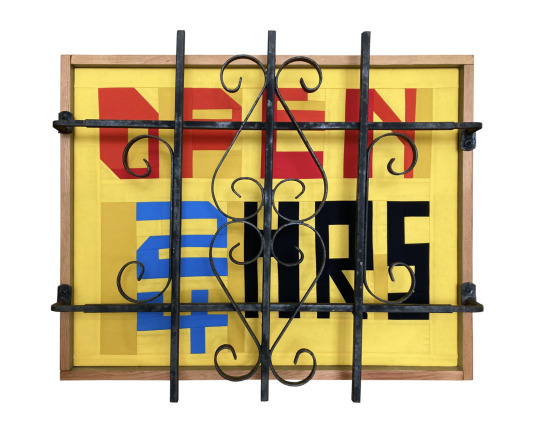
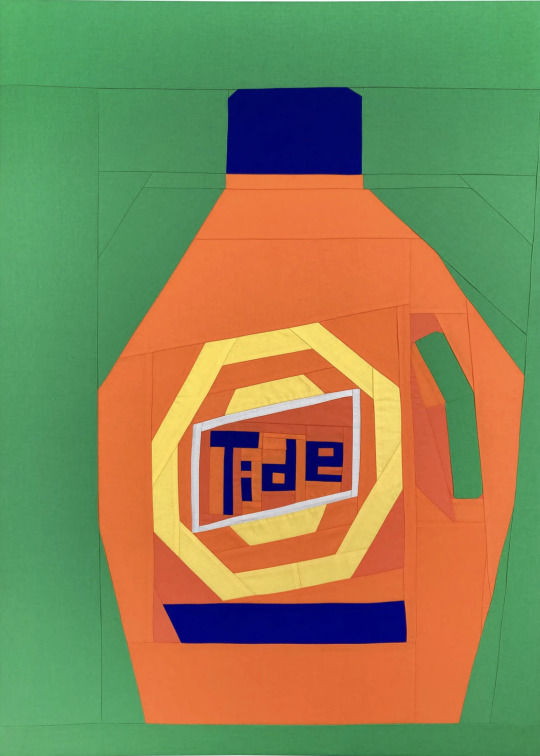

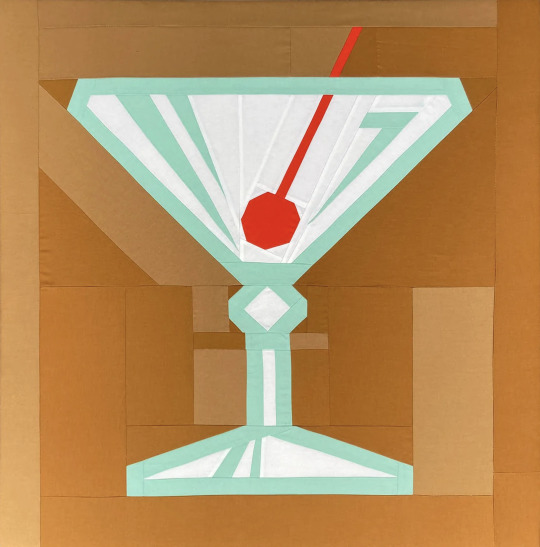

Jeffrey Sincich’s “Free Estimates.”
Currently on view at Nucleus Portland in Portland, Oregon is artist Jeffrey Sincich’s solo exhibition, “Free Estimates.”
Sincich’s work uses textiles and found objects to highlight everyday objects and scenes from his environment that often go unnoticed but deserve attention.

BUY PRINTS | FOLLOW ON INSTAGRAM
53 notes
·
View notes
Photo
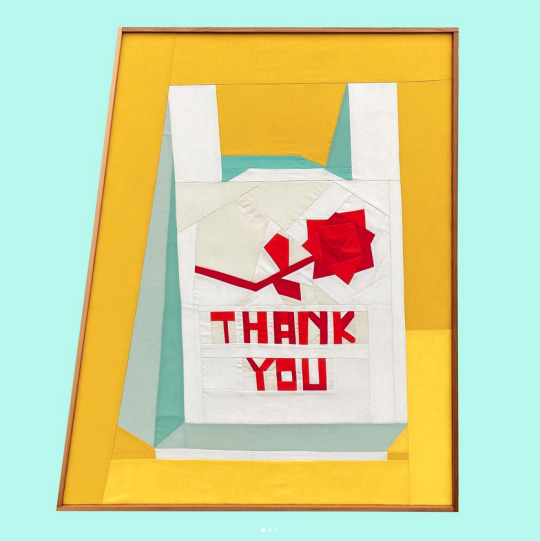
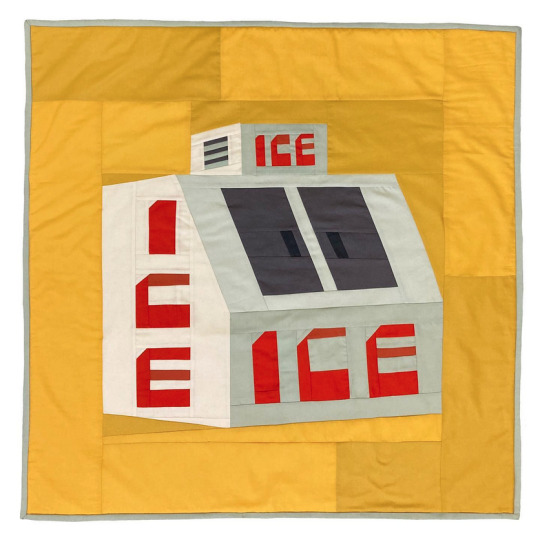
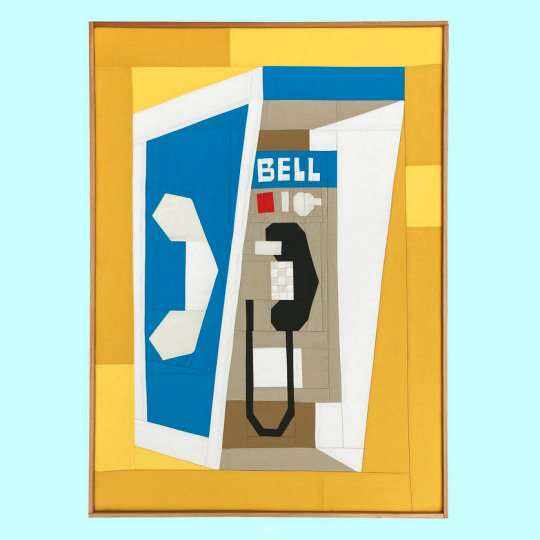
Quilted cotton signs by Jeffrey Sincich
3 notes
·
View notes
Text
Artist Spotlight: Jeffrey Sincich
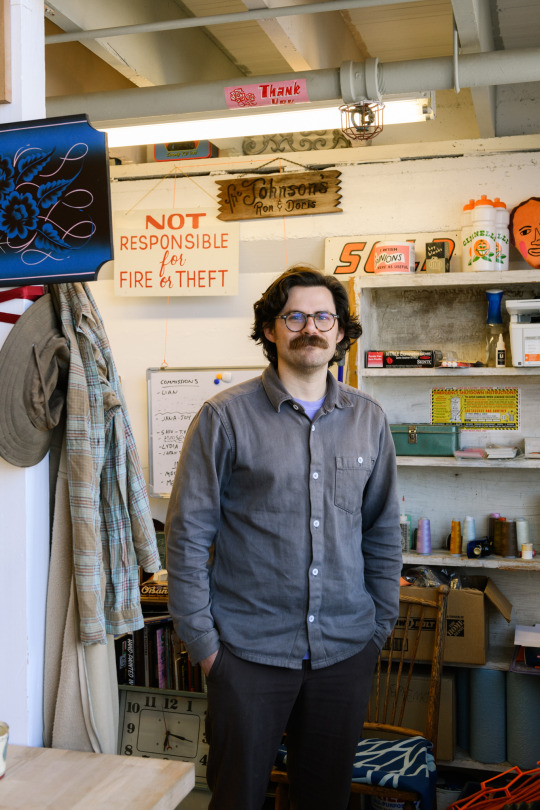
One thing that happened when listening to Jeffrey Sincich talk about his art is that Ace of Base’s 1993 hit "The Sign" kept playing in my head. This is because Sincich talks a lot about signs, particularly the ones you see walking around a city, which he replicates in quilted and mixed-medium works. Removed from their context, these signs make promises they can’t keep (FRUITS FOR 1$), intrigue and tantalize us (1 HOUR THE BEST), and provide space for gratitude (THANK YOU, THANK YOU, THANK YOU). Sincich shared his thoughts on quilting (not just for grandmothers!), what cities have what kind of signs (New York: "ghost signs high up on buildings that have been there for generations"), and how to be more cognizant of what’s around us, which leads to deeper appreciation for the hidden meanings behind all that we see. As the Swedish adage goes: “I saw the sign and it opened up my eyes."
Studio AHEAD: Your work is inspired by the built environment. Have you always lived in cities?
Jeffrey Sincich: San Francisco is the first big city that I have lived in. It is also the first one I ever visited. I grew up in suburban Florida near the Gulf of Mexico and moved to Portland, OR a little after college. Almost as soon as I moved to Portland, I became obsessed with moving to San Francisco. My first trip here was in middle school when I came to visit my uncle, who was living here at the time. Even as a kid I knew this city was special. San Francisco is so dense, and forces you to be around so many different types of people, which I love. Sharing walls and hallways with people instead of side yards makes me feel like I am part of something larger. I enjoy being one piece of the puzzle, rather than feeling like I am on my own.
Living in a city that is built to function for 800,000+ people has created so many interesting architectural details. Awnings that are connected to signs that are connected to lights that are connected to window grates that are connected to fences. I am constantly looking around and noticing how people have cobbled together materials to make things work. There is so much texture and variety in materials on every block. The inspiration is never ending. Being able to see all of this from the sidewalk versus looking at it across a front yard or from a car speeding by is priceless.
SA: You do a lot of quilting yet you are not an old woman. Please explain.
JS: Sexism in the art and craft world is nothing new. Is sewing only for women? Is welding just for men? They are both means of joining two materials together, yet they are often associated with gender. My dad taught me how to sew in high school when I wanted to make bicycle bags. I really enjoyed learning a new skill that allowed me to make an idea I had in my head a reality. I learned how to weld in college and loved it. Unfortunately, metalwork requires a lot more tools, resources and space than sewing.
I have always been interested in craft and majored in ceramics in college. I found antique quilts so beautiful and often referenced their patchwork designs in my work. It seemed like a natural step to try and make a quilt. It was years after a failed attempt at making a quilt in college that I turned on my sewing machine again. After working full time as a sign painter for about five years, I wanted to start making art again. I decided to try making a quilt, this time inspired by the architecture I loved so much and got to paint signs on. A couple years and quilts later, COVID hit and I decided to turn my love of hand painted signs and lettering into quilts. It has been my focus ever since.
SA: A quilt is domestic. One thinks of fireplaces, interiors. I am particularly intrigued by your quilted works that represent outdoor spaces: street signs, façades, ads. Could you speak about this contrast?
JS: Signs can be personal. They are used to guide, inform, warn and sometimes manipulate you. Quilts are made to warm and comfort you. They often become hand-me-downs and keepsakes. They get worn down and are mended, holding family history. The same things can be true of signs. They fade and are touched up, sometimes professionally and sometimes not. Businesses can pass through different owners but still keep the same signs that have been up for generations. I like to reference the signs that have been cared for, or at least been maintained enough, to get a message across. Quilting objects from signs around the city like Clorox bleach and Marlboro cigarettes is my way of archiving the everyday items we often take for granted. I think that seeing these items as quilts makes them approachable in a more personal way.
SA: Are the window grates in front of your pieces like “All Makes & Models” or “Milk Beer” a comment on urban malaise?
JS: Yes and no. Window grates serve multiple functions. On one hand they are meant to keep people out. On the other they attract people with their beauty. I find this dichotomy of push and pull fascinating. The twists and curves that are used in the designs are gorgeous. Oftentimes they have hearts and sometimes the owner’s surname in them. They blend in with the architecture, filling asymmetrical voids and entryways. They cast beautiful shadows at night. The care and attention to detail put into the creation of these is amazing. That being said, they also serve to protect and evoke a sense of danger. They say look at me, but don’t you dare try to cross me.
I look forward to seeing these window grates every single day, on every block and on nearly every house. Their patterns are unique to San Francisco. I love adding a new design into my mental data bank. When I’m in other cities, I enjoy seeing what type of designs they use and how they are unique to that city's vernacular.
SA: What are some of your city-sign associations when in other cities? As a culture we tend to associate Las Vegas with neon, Paris with Guimard’s “Metropolitain,” New York with the colored circles of its subway…
JS: Cities can have unique sign styles, but more so individual neighborhoods. San Francisco’s Chinatown has many beautiful gold leaf window signs, often for family associations. The Mission has tons of beautifully stylized illustrations of the products sold in the storefronts. North Beach has giant, glowing neon signs outside the old strip clubs, begging you to come in. Los Angeles has endless hand painted signs, often in yellow, white, black, red and blue. They are faded by the relentless sun, showing off every brushstroke used to paint them. New York has ghost signs high up on buildings that have been there for generations, right next to freshly painted five story advertisements. These painted billboards still thrive in New York. The south has painted plywood highway signs that are barely holding on, advertising fresh oranges or alligator farms. It is really special to be able to walk around cities and see what old signs are still there, discovering which parts of their culture have stayed intact or have been left by the wayside.
SA: When you do step out of the city, where do you go?
JS: I go to West Marin. I don’t think there is a more beautiful natural place. It can bring me so much peace; the coastline, the rolling hills, the eucalyptus forests. Swimming in Tomales Bay is as close to swimming in Florida as it gets around here. It is beautiful in all types of weather: sunny, foggy and rainy. My favorite place is the Steep Ravine Cabins in Mount Tamalpais State Park. They have been around since 1938, and Dorothea Lange used to spend summers there with her family. They are these perfectly designed redwood structures that sit on the bottom of a cliff overlooking the ocean. I feel like I am in another world when I stay there, even though it’s just an hour away from my home. I have never been to an area that gives me this type of feeling, I love it.
SA: Is nature a type of sign?
JS: It can be. Sometimes it tells me to slow down and reminds me not to take things for granted. It is a reminder to try to stay out of the rat race more often. It can put me in a state of awe at how beautiful this world can be. But the one thing it always does is remind me that I can’t wait to get back to the city.
SA: Lastly, OPEN or CLOSED?
JS: Open, 24 Hours.
Photos by Ekaterina Izmestieva
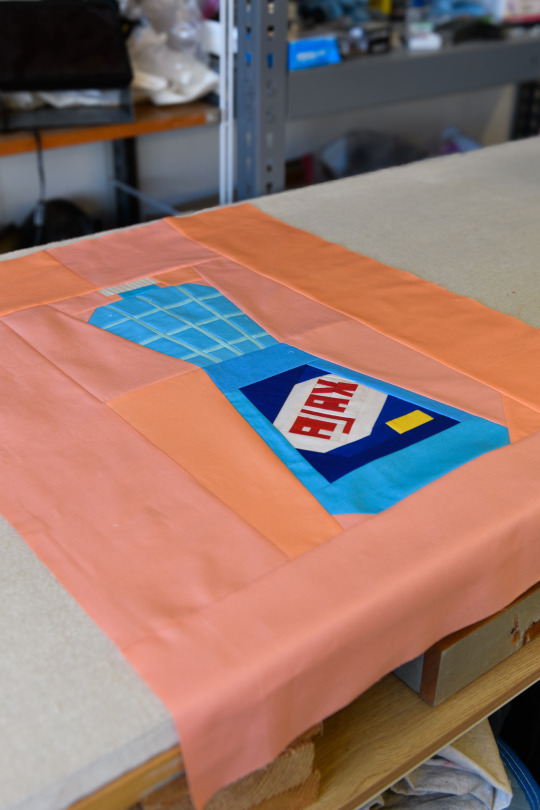
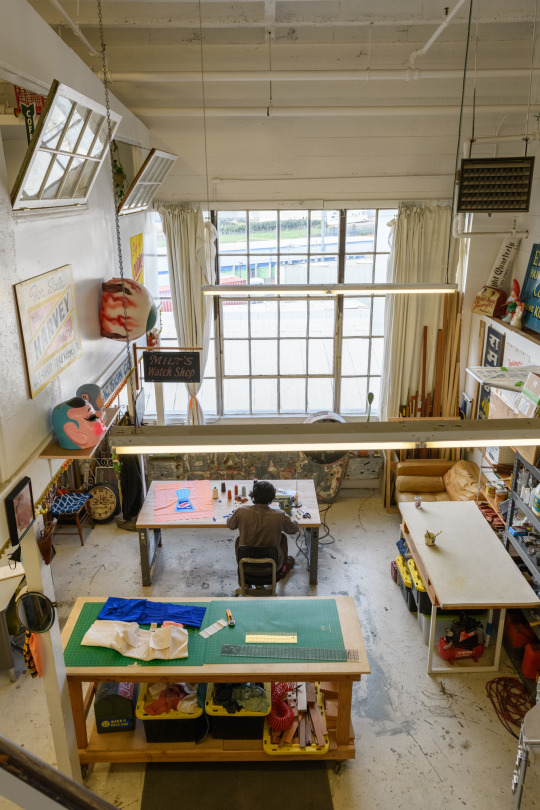
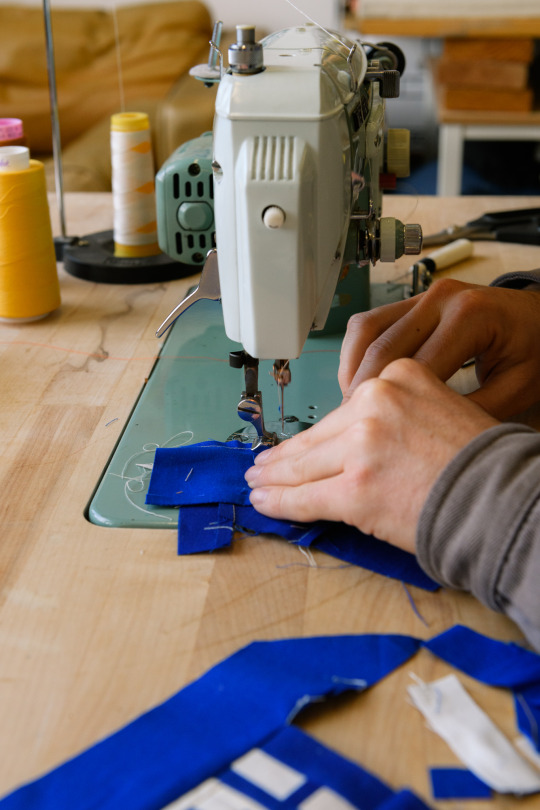
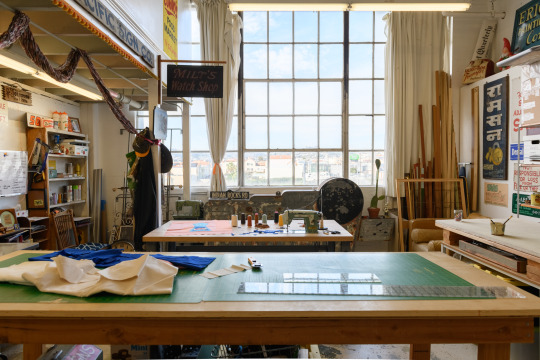
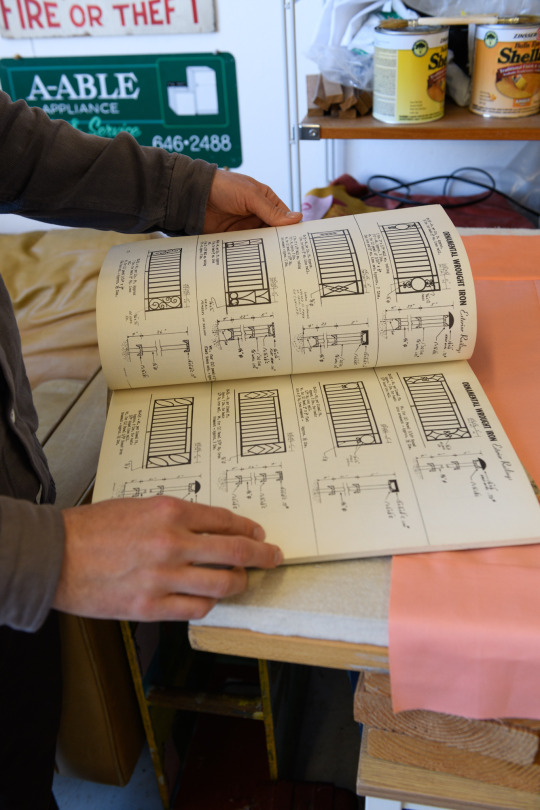
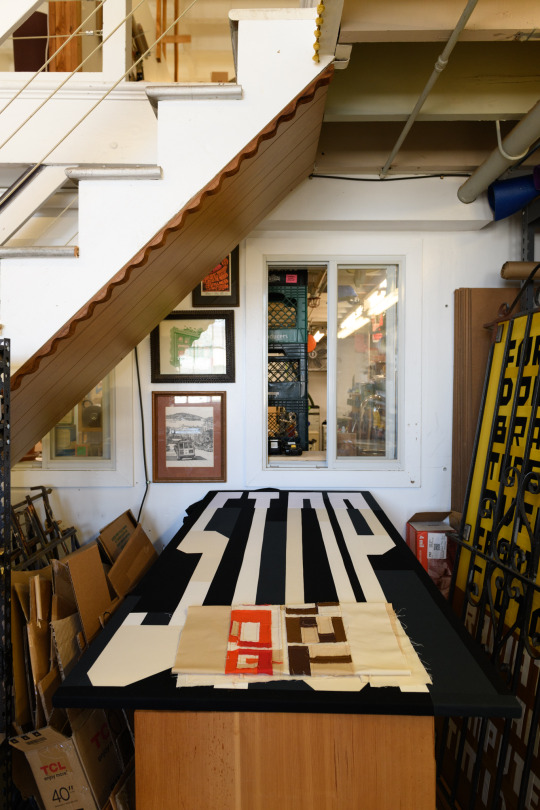
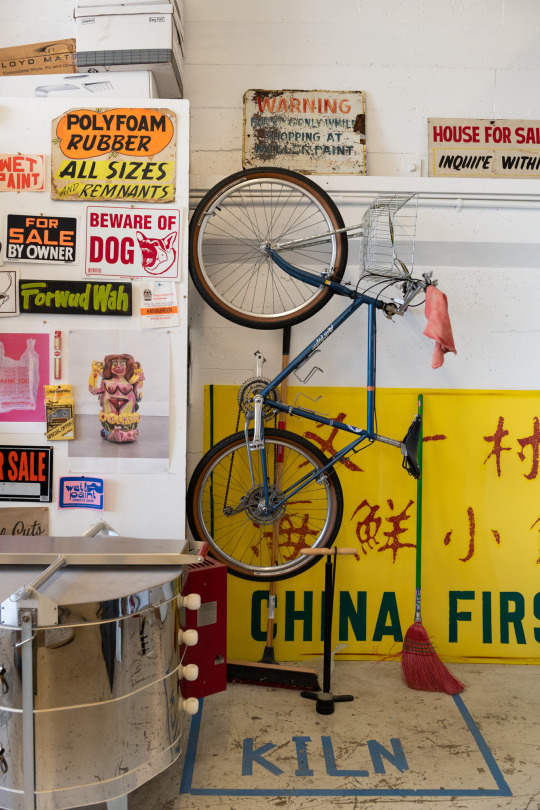

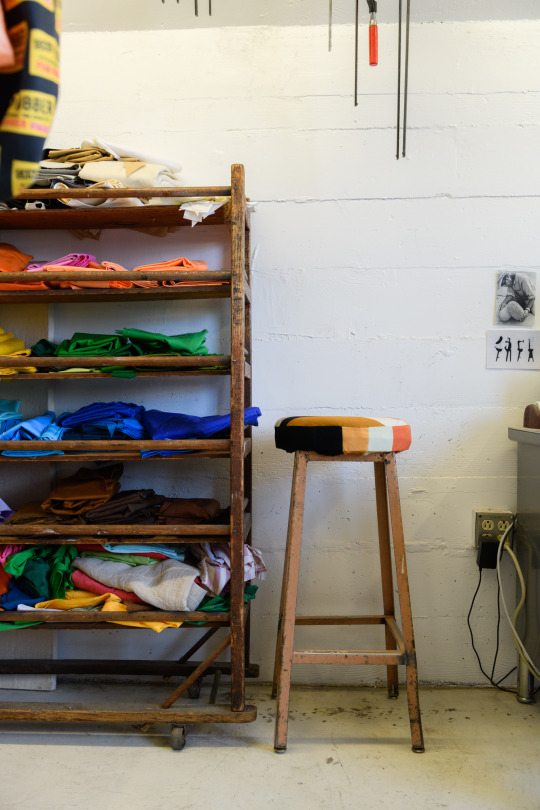
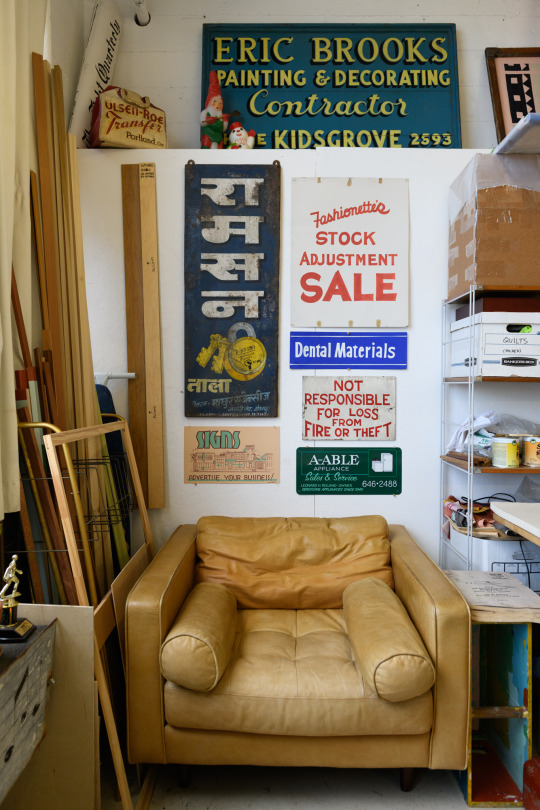
#studioahead#northern california#bayarea#studio ahead#artistspotlight#san francisco#art#Jeffrey Sincich
0 notes
Photo
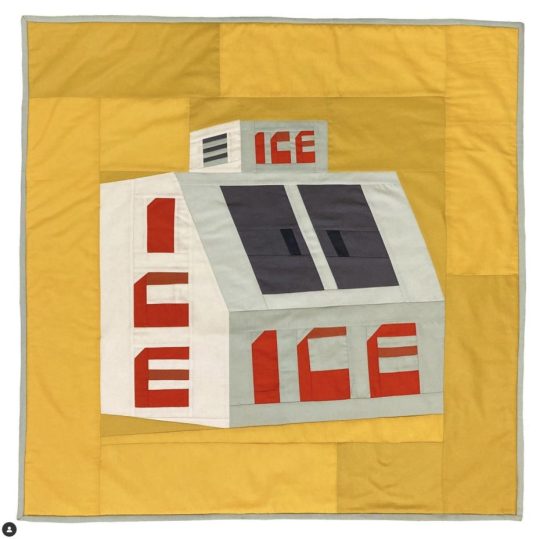
(via FQOLV8gWQAc9qTq-930x929.jpeg (930×929))
Artist Jeffrey Sincich makes quilts inspired by signage, shop fronts, ephemera. Found via Present & Correct.
2 notes
·
View notes
Photo
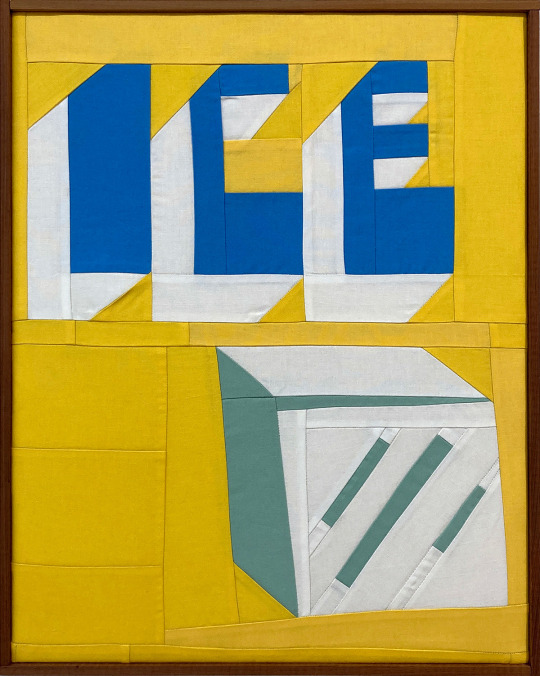



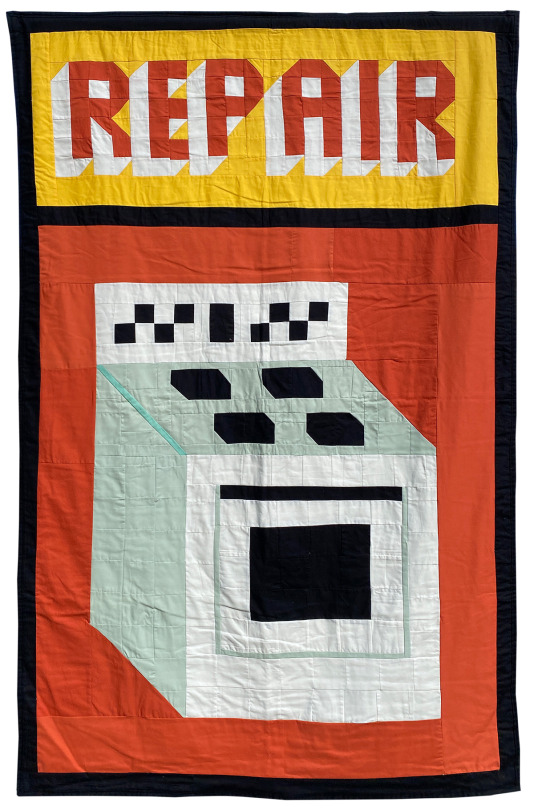
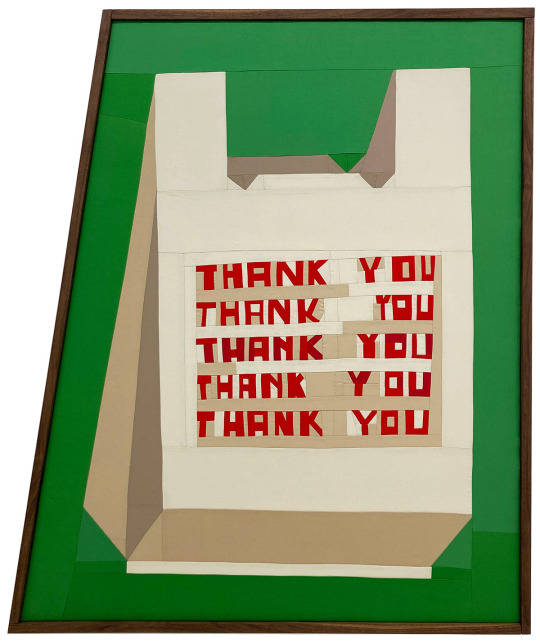
com tecidos e objetos encontrados, o trabalho de jeffrey sincich
3 notes
·
View notes
Text
A lire en BSPO dès cette semaine (17/09/18)
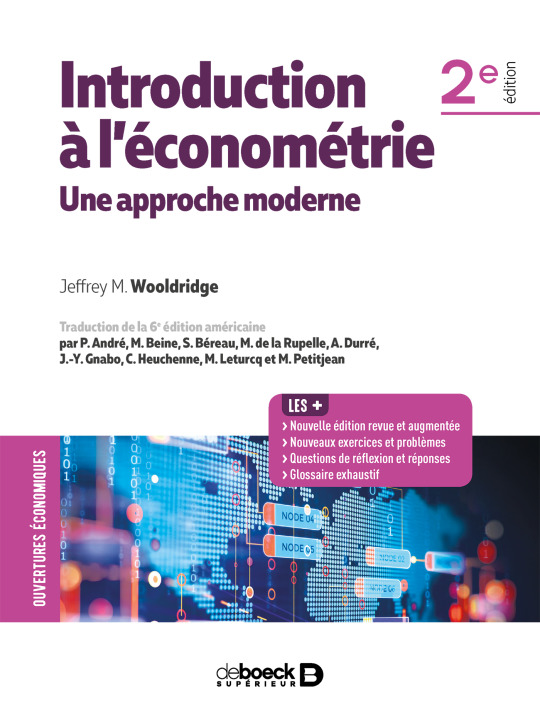
À la une : Introduction à l'économétrie : une approche moderne / Jeffrey M. Wooldridge
Cote de rangement : HB 139 W 256119 / Domaine : Économie
« En recourant à de nombreuses applications empiriques, ce manuel d’introduction, dans sa seconde édition, réussit l’exploit de simplifier la présentation de l’économétrie sans renoncer aux exigences de rigueur et de cohérence requises au niveau universitaire. Les méthodes économétriques sont présentées avec l’objectif de répondre à des questions pratiques liées à l’analyse du comportement des agents économiques, l’évaluation de politiques publiques ou la réalisation de prévisions.
Devenu une référence dans le monde anglo-saxon, cet ouvrage permet de comprendre et d’interpréter les hypothèses d’un modèle à la lumière de nombreuses applications empiriques. L’ouvrage distingue clairement le type de données analysées. Non seulement, il couvre les données en coupe transversale et les séries chronologiques, mais il aborde également les données de panel dont l’utilisation est devenue très fréquente aujourd’hui. Ce livre offre également une introduction aux modèles à variable dépendante limitée qui sont d’une grande utilité en économie appliquée et en gestion.
Chaque chapitre contient un large éventail d’exercices, dont un grand nombre repose sur l’utilisation de bases de données économiques disponibles sur le web. Le lecteur peut ainsi reproduire les nombreux exemples empiriques développés dans les chapitres de l’ouvrage et maîtriser toutes les étapes de la modélisation économétrique.
Cet ouvrage intéressera non seulement les étudiants et professeurs de premier cycle universitaire, mais également les étudiants de Master et les praticiens de l’économie.
Jeffrey M. Wooldridge est professeur d'économie à l'Université d'état du Michigan (MSU) où il enseigne depuis 1991. De 1986 à 1991, il a été professeur d'économie au Massachusetts Institute of Technology (MIT). Il a obtenu sa licence en économie et informatique à l'Université de Californie à Berkeley en 1982, et sa thèse de doctorat en économie à l'Université de Californie à San Diego en 1986. Le professeur Wooldridge a publié de nombreux articles dans des revues de renommée internationale, ainsi que plusieurs chapitres de livres. » - Quatrième de couverture
Méthodologie
Qualitative inquiry & research design : choosing among five approaches / John W. Creswell, Cheryl N. Poth
Cote de rangement : H 61 C 256131
Doing research in the real world / David E. Gray
Cote de rangement : H 62 G 256124
Qualitative content analysis in practice / Margrit Schreier
Cote de rangement : H 62 S 256123
The content analysis guidebook / Kimberly A. Neuendorf
Cote de rangement : HM 529 N 256128</p>
Anthropologie
The indigenous state : race, politics, and performance in plurinational Bolivia / Nancy Postero
Cote de rangement : F 3327 P 256130
Les doigts coupés : une anthropologie féministe / Paola Tabet
Cote de rangement : HQ 1237 T 256118
Communication
Africa's media image in the 21st century : from the "Heart of darkness" to "Africa rising" / edited by Mel Bunce, Suzanne Franks, and Chris Paterson
Cote de rangement : P 96 .A37 A 256129
Terres de sens : essai d'anthroposémiotique / Jacques Fontanille, Nicolas Couégnas
Cote de rangement : P 99 .4 F 256111
Discours et analyse du discours : une introduction / Dominique Maingueneau
Cote de rangement : P 302 M 256113
Sciences politiques
Pouvoir et fédéralisme / Carl Joachim Friedrich
Cote de rangement : JC 355 F 256117
The United Nations interim force in Lebanon : multiple perspectives on a multinational peace operation / Elena Aoun (ed
Cote de rangement : JZ 6374 U 256127
Brigades rouges : une histoire italienne / Mario Moretti
Cote de rangement : HV 6453 M 256116
Gestion
Exploring strategy : text and cases / Gerry Johnson, Richard Whittington, Kevan Scholes, e.a.
Cote de rangement : HD 30 .28 J 256125
L'identité de marque : le guide de référence pour toute l'équipe de branding / Alina Wheeler
Cote de rangement : HD 69 .B7 W 256120
Statistics for business and economics / James T. McClave, P. George Benson, Terry Sincich
Cote de rangement : HF 1017 M 256126
Économie
Advancing pluralism in teaching economics : international perspectives on a textbook science / edited by Samuel Decker, Wolfram Elsner and Svenja Flechtner
Cote de rangement : HB 71 A 256122
Développement
The politics of aid : African strategies for dealing with donors / edited by Lindsay Whitfield
Cote de rangement : HC 800 P 256121
Les monnaies locales : vers un développement responsable : la transition écologique et solidaire des territoires / Marion Cauvet et Baptiste Fabert
Cote de rangement : HD 3430 C 256115
Démographie
Les théories de la fécondité / sous la direction de Henri Leridon
Cote de rangement : HB 901 T 256110
Sociologie
Politiques de la vulnérabilité / Marie Garrau
Cote de rangement : HM 1136 G 256112
Exils syriens : parcours et ancrages (Liban, Turquie, Europe) / Babels
Cote de rangement : HV 640 .5 E 256114
Tous ces ouvrages sont exposés sur le présentoir des nouveautés de la BSPO. Ceux-ci pourront être empruntés à domicile à partir du 1er octobre 2018.
#Economie#Méthodologie#Anthropologie#Communication#Sciences Politiques#Gestion#Développement#Démographie#Sociologie
0 notes
Photo
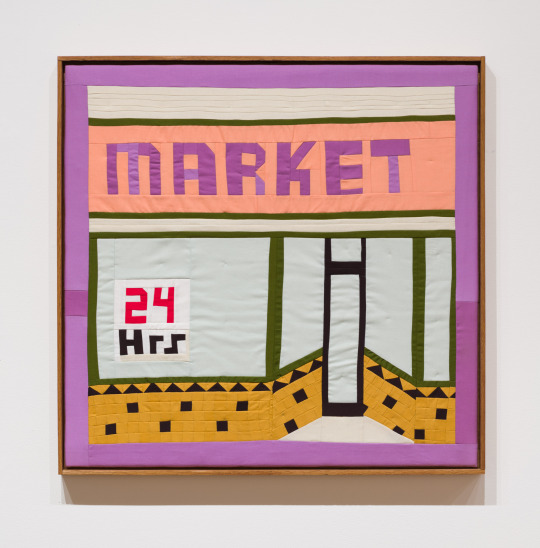



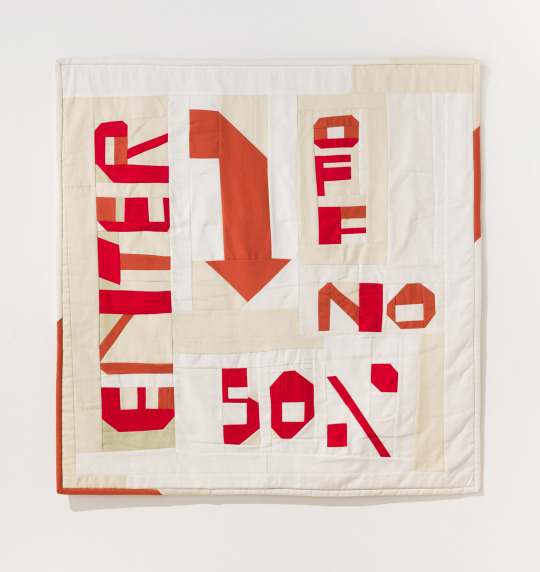



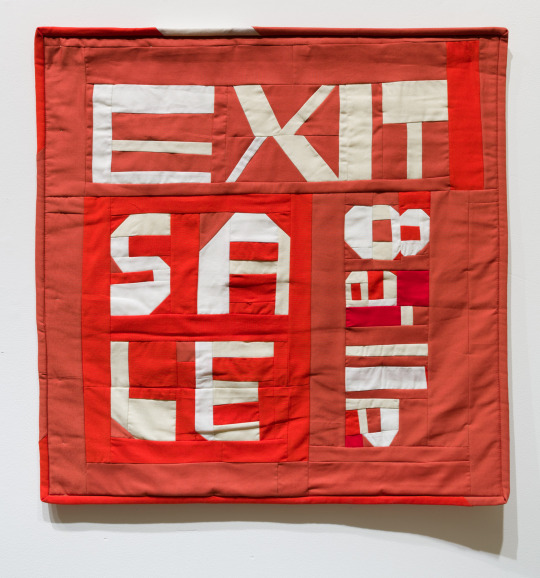
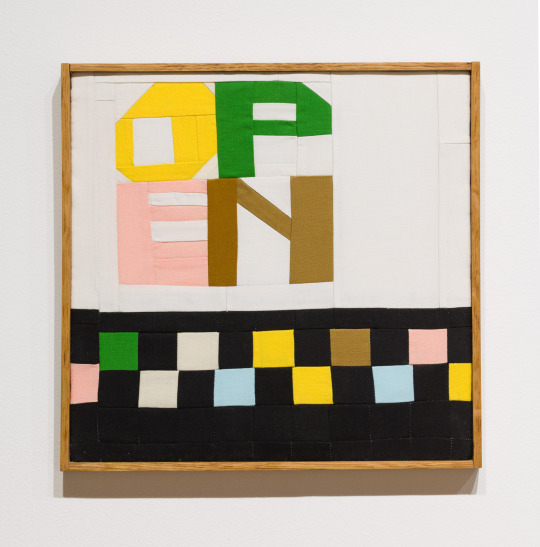
Jeffrey Sincich & Josh Stover’s “Other Environments” at Stephanie Chefas.
Currently on view at Stephanie Chefas Projects in Portland, Oregon is artist Jeffrey Sincich and Josh Stover’s “Other Environments.”
In this new collection of work, the artists offer a unique window into our urban and domestic worlds, which continue to inform their ideas and styles. Inspired by the constructed landscapes that surround us and how we interact with them, the artists believe these human made alterations weave an interactive tapestry between a city, its businesses, and its inhabitants.
Converting this figurative fabric into something tactile, Jeffrey Sincich uses quilting to represent comfort, tradition, and history. Like a handmade quilt, elements of our urban environment generate a sense of place, belonging, and safety. Both quilting material and modern cityscapes have traces of the hands that created them, making them unique in their own ways. They can be displayed, passed down, altered, mended, repurposed, or discarded. Each also signifies a part of its respective community, surroundings, and history, offering different meanings for anyone who lives with or around them.
Sincich's textile work showcases the common, everyday places and objects that have proved themselves vital to keeping a community going during the COVID-19 pandemic. Laundromats, hardware stores and produce stands have all provided essential services during this time. Constantly changing signs in windows saying “OPEN”, “CLOSED” and “50% OFF” have become common and are a reminder of the fragility of our landscape. Sincich hopes to see each of these businesses outlast the pandemic so that the adjoining communities can likewise survive.
Inspired by personal experience, artist Josh Stover explores a realm that is part-seen and part-imagined. His strikingly original still lifes evoke the nostalgia and aesthetics of days past, but feel right at home in the present. Working in acrylic and gouache, he recalls and invents interiors and objects inspired by the colors and shapes of old signs, vintage packaging, children's book illustrations, old homes, and vintage furnishings. Combining flat blocks of color with graphic shading, he alters perspectives while giving each painting a playful quality.
Stover's series of interior and still life paintings was conceived during the COVID-19 pandemic. While submerged in the familiar intimacy of home surroundings (made increasingly familiar during the quarantine), he has both arranged and imagined objects and environments of personal meaning. Gifts from friends, objects collected while traveling, and family heirlooms infuse each piece with narrative, history and a quiet sense of familiarity. Some pieces in this series include depictions of his own drawings from travels, creating a "picture within a picture." Through the remembering and reimagining of places and memories--while physically confined to one space--Stover conjures his own in-between worlds.
-
Be sure to follow Supersonic Art on Instagram!
125 notes
·
View notes
Photo


com tecidos e objetos encontrados, o trabalho de jeffrey sincich
3 notes
·
View notes


